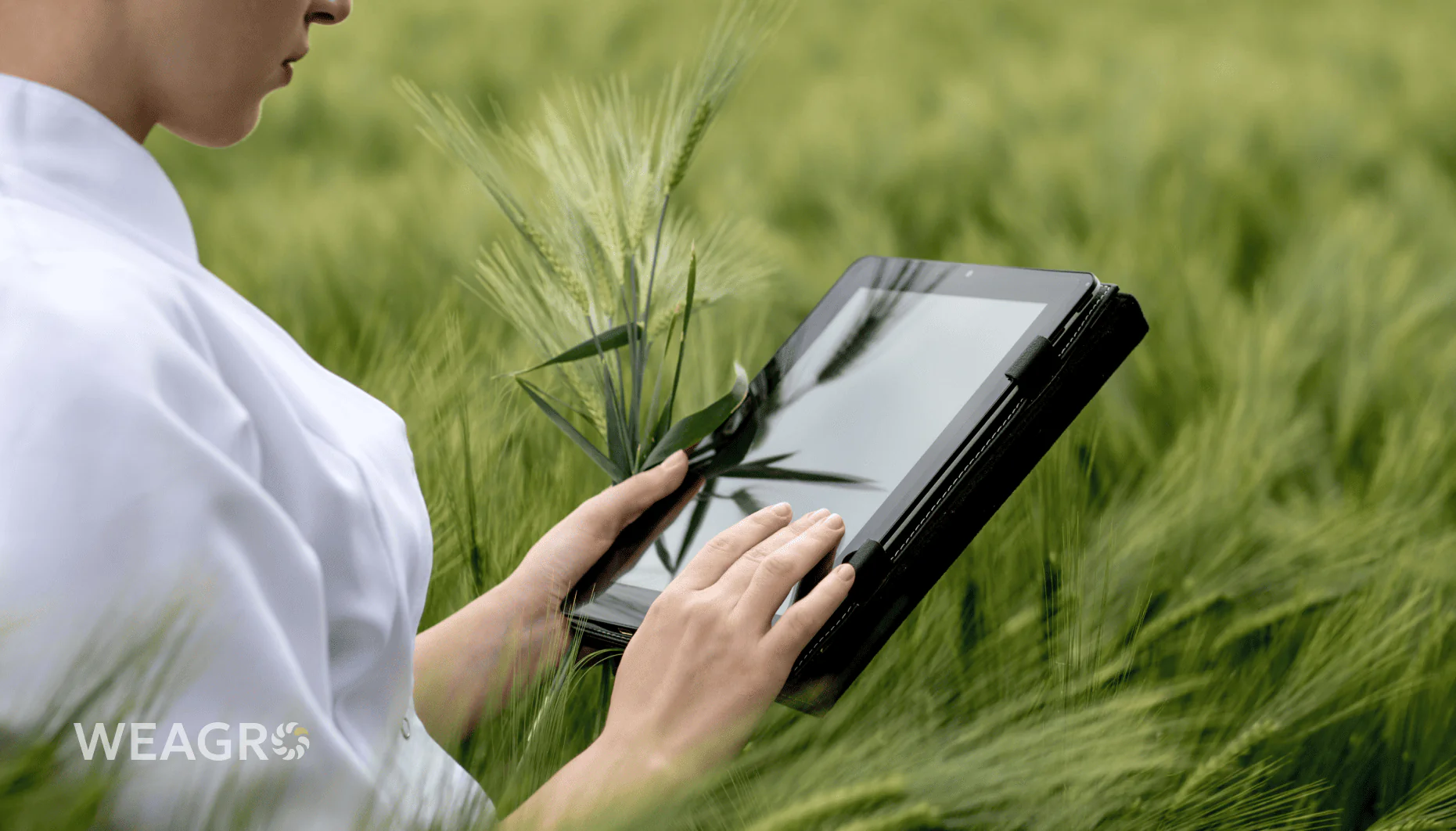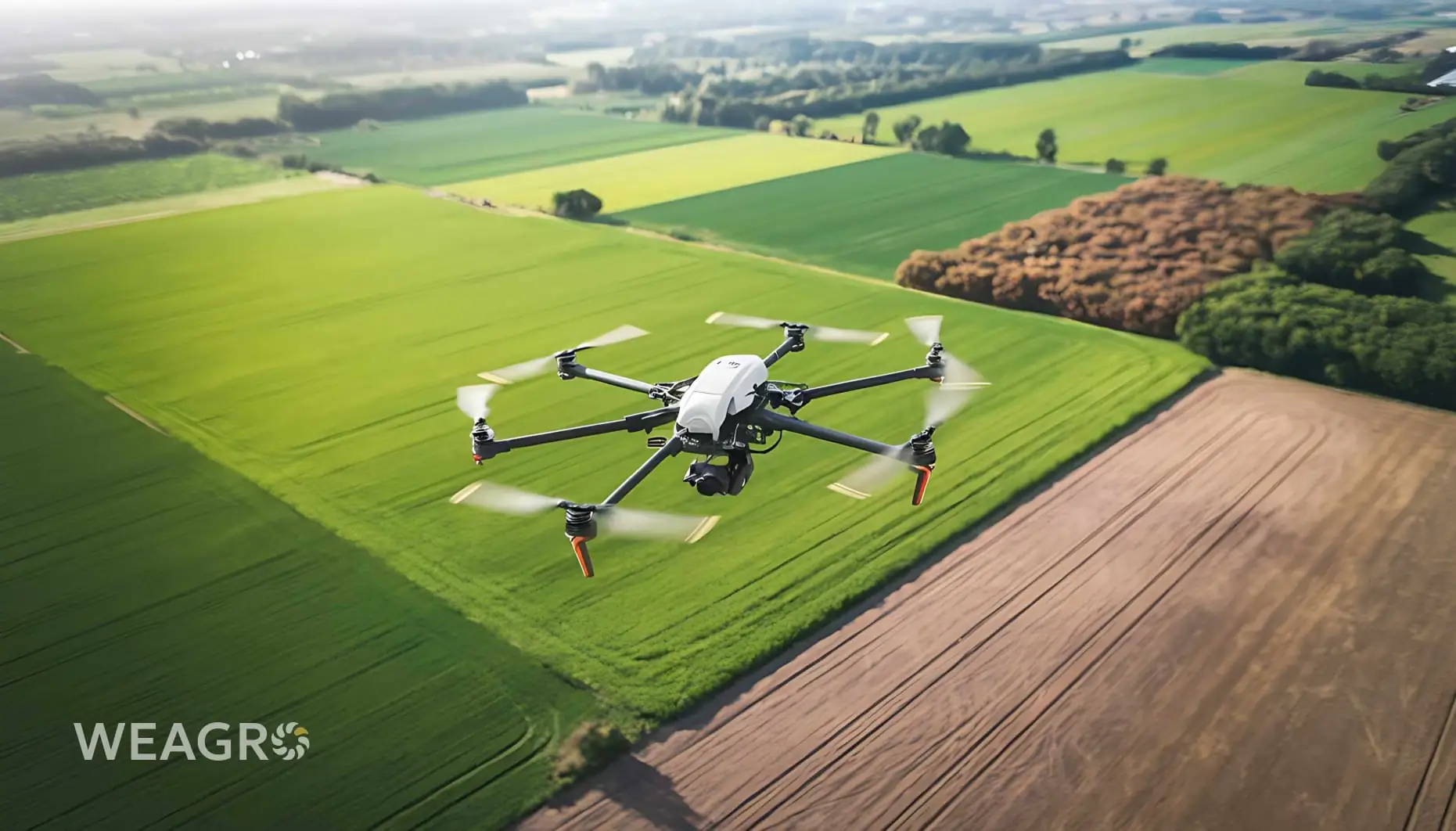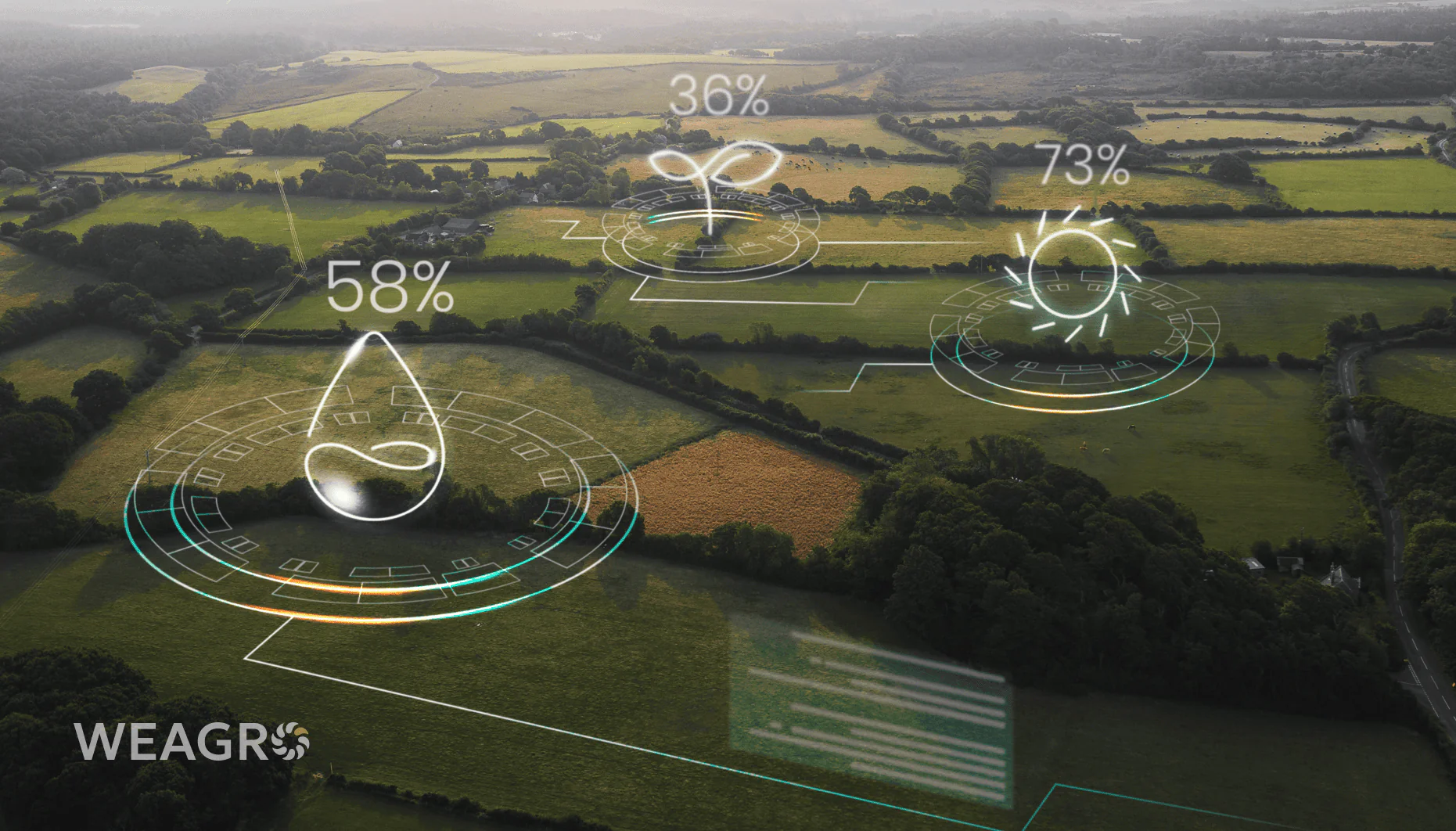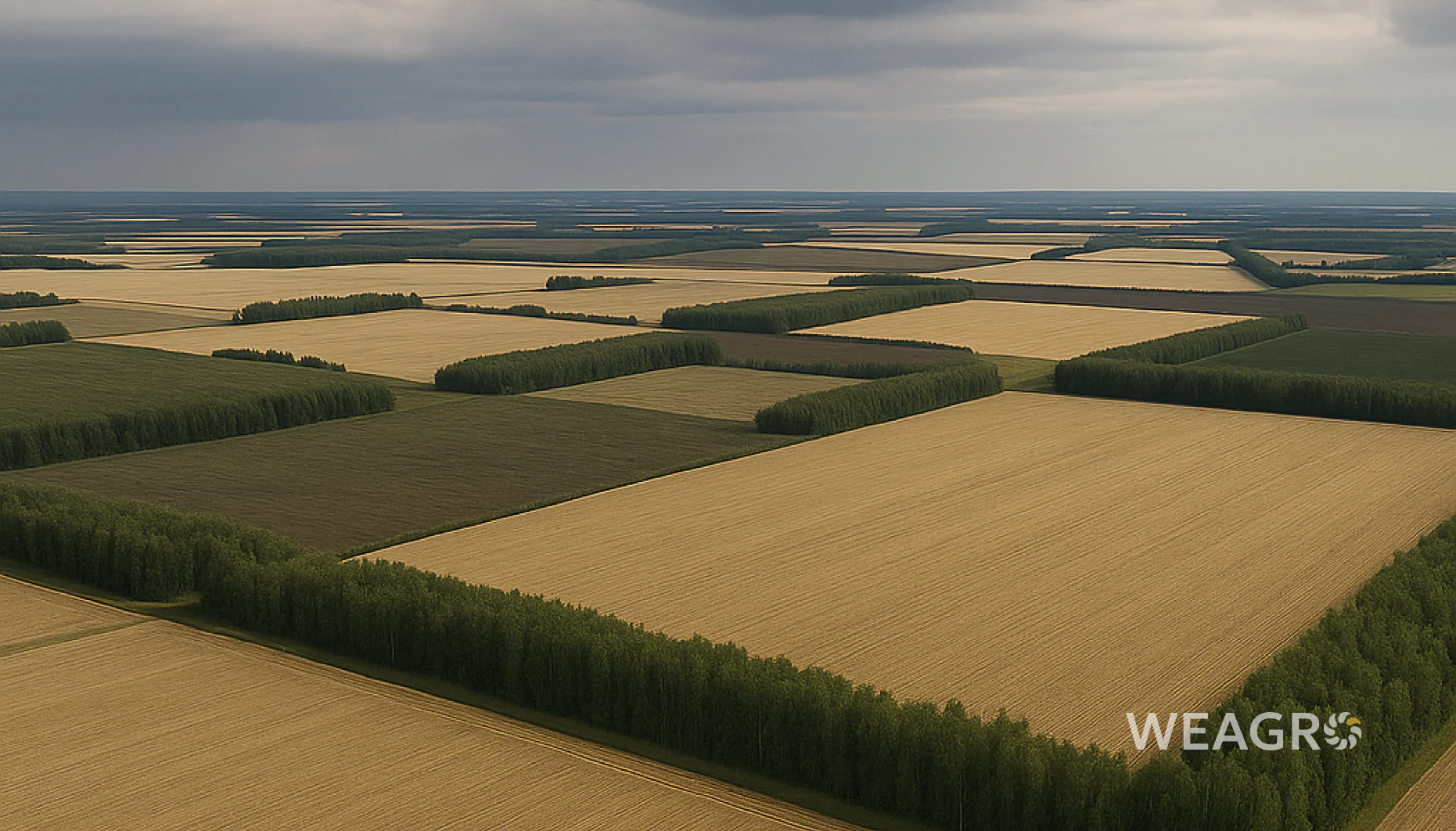Digital transformation is no longer a buzzword, but a strategic necessity for agricultural producers who aim to remain competitive. Ukrainian agribusiness is gradually transitioning from intuitive management to analytical, from paper records to cloud data. Although the pace of digitalization varies depending on farm size, geography, and financial capabilities, the overall trend is clear: the agricultural sector is rapidly integrating IT solutions into daily operations.
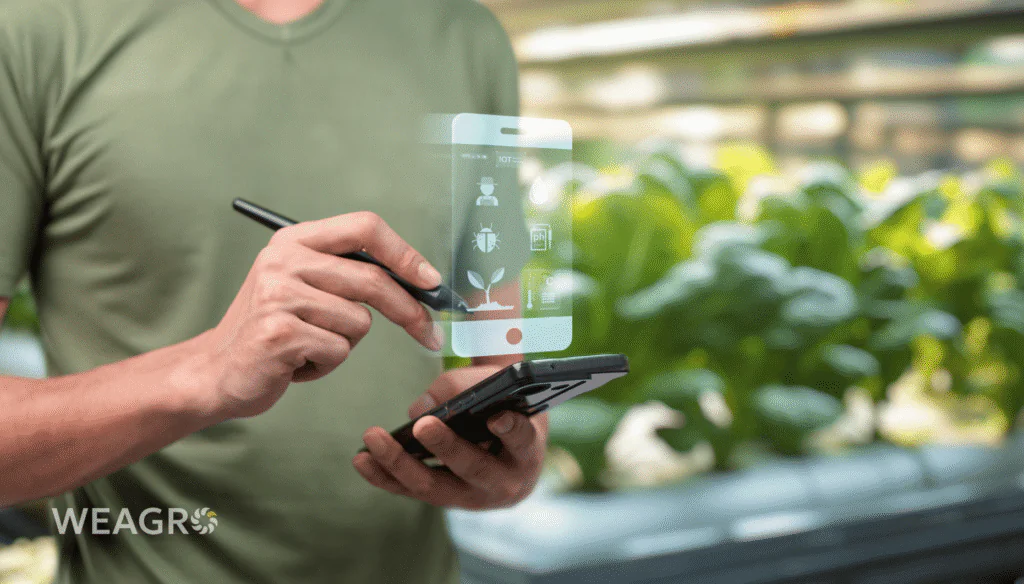
Precision Agriculture: from GPS to NDVI
Traditional approaches are being replaced by precision agriculture, which is based on analyzing data from fields, weather models, satellite imagery, and GPS monitoring. This allows farmers to accurately determine planting zones, optimize the application of fertilizers, crop protection products, and fuel, as well as reduce production costs without losing yield. That’s why more and more farms are investing in parallel driving systems, agro-scouting, drones, and platforms for NDVI index analysis.
Cloud Solutions for Farm Management
An integral part of the digital ecosystem of agribusiness is cloud solutions for farm management. These can be comprehensive ERP systems or specialized services that allow farmers to keep full records of their land bank, control expenses, plan crops, maintain field history, and manage personnel and equipment. Such software becomes critically important for medium and large farms that have over 500 hectares of land and dozens of equipment units.

Electronic Document Management: Speed, Accuracy, Transparency
Another important area is the automation of reporting and document flow. Electronic invoices, acts, contracts, and agrarian receipts can already be created, approved, and signed online today. This not only saves time but also minimizes the risk of errors and document loss. Moreover, since 2025, the implementation of electronic document management has become one of the criteria for increasing the transparency rating of agricultural enterprises for financial institutions and donor programs.
Online Financing: a New Level of Access to Resources
Agro-financing is also being actively digitalized. Online services that allow farmers to purchase equipment, seeds, crop protection products, or fertilizers with deferred payment without paperwork have opened a new page in the financial flexibility of SMEs. An example of such a model is agro-installment, which allows farmers to receive necessary goods today and pay later – after the harvest. This is especially relevant during the off-season when resources are scarce and decisions need to be made quickly.
Analytics and Forecasting: Making Data-Driven Decisions
Agricultural analytics plays an important role in digital transformation. Today, farmers can use hourly forecasts, global crop price dynamics, crop loss risk assessment, or plant disease predictions to make informed decisions. Analytical platforms that combine satellite imagery, weather data, and field history are becoming virtual agronomist advisors.
Digital Channels for Interaction with Partners and Clients
Communication with partners and clients is also going digital. From farm websites to Telegram bots, from online seed stores to distributors’ mobile applications – farmers are increasingly using online channels for sales, customer support, logistics, and attracting new partners. The popularity of CRM systems in the agricultural sector is also growing, as proper work with the customer base allows for increased repeat sales and personalized interaction.
Online Equipment Maintenance: Remote Diagnostics
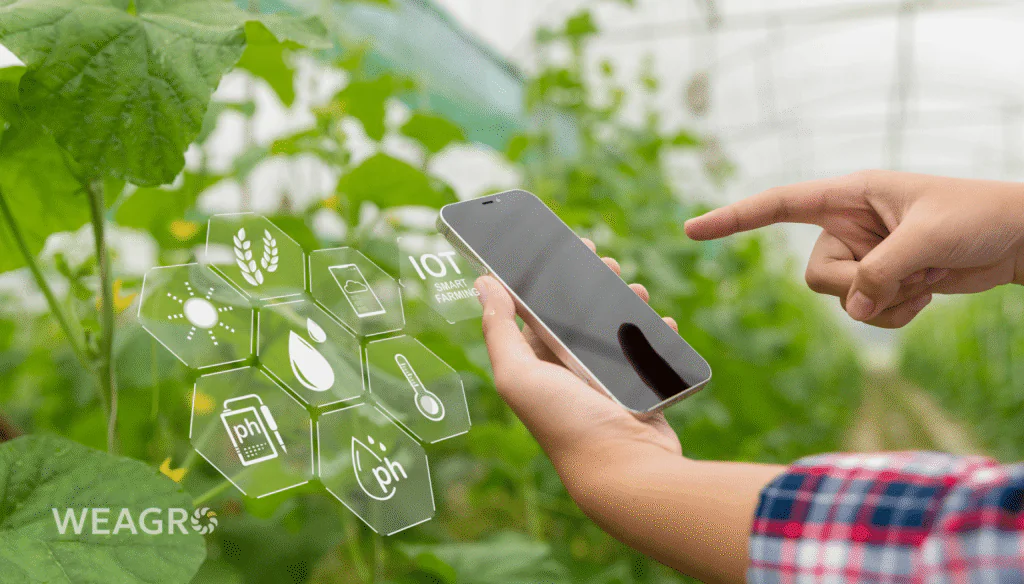
Changes have also affected equipment service. Remote diagnostics, push notifications about malfunctions, system settings through an app – all this has already become a reality. Moreover, leading agricultural machinery brands are integrating their machines into digital ecosystems where farmers can track combine harvester operation, sprayer maintenance, tractor fuel consumption, and plan repairs all in one dashboard.
Artificial Intelligence in the Field: What Seemed like Science Fiction Yesterday
In 2026, an even bigger breakthrough in the use of artificial intelligence in agriculture is expected. There are already startups that recognize weeds from a camera on a tractor and adjust the rate of crop protection products in real-time. Or chatbots for farmers that provide advice on crop rotation, pesticides, or changes in legislation. In the coming years, such solutions will become widespread.
Digital Responsibility: Tools for Sustainable Development
It’s worth mentioning separately the importance of digital solutions in the context of sustainable development. The implementation of precision farming, carbon footprint accounting, efficient water resource management, and control of crop protection product use is not only about profitability but also about responsible farming. This opens doors to participation in green initiatives, grant programs, and international certifications.
Equal Opportunities: Digital Inclusion of Farmers across Ukraine
The development of digital tools also promotes inclusion. Farmers from remote regions gain access to the same services as large holdings. All that’s needed is a smartphone, stable internet, and basic digital literacy skills to use analytics, apply for installment plans, order seeds, or submit an online financing application.
Where to Start: Process Audit – the First Step
To effectively integrate digital into your farm, it’s worth starting with an audit of current processes. Which tasks are repeated daily? Where are there losses of time, resources, or errors? What information would you like to see in real-time? Answers to these questions will help form priorities and select relevant tools.
Gradual Digitalization – the Path to your Own Agro-Ecosystem
It’s not necessary to implement everything at once. The secret to effective digitalization is in gradual but systematic implementation. Start with automating accounting, integrate agro-scouting, connect a CRM or installment service for purchases – and gradually create your own agro-digital ecosystem. Technologies are no longer a luxury, but a daily tool that provides a competitive advantage.
The WEAGRO service is part of the new digital reality for agribusiness. If you’re a farmer or an agricultural company seeking flexibility in financing, take advantage of the opportunity to apply for installment plans for crop protection products, fertilizers, maintenance, and other services – online, without paperwork, and with a decision in 30 minutes.
